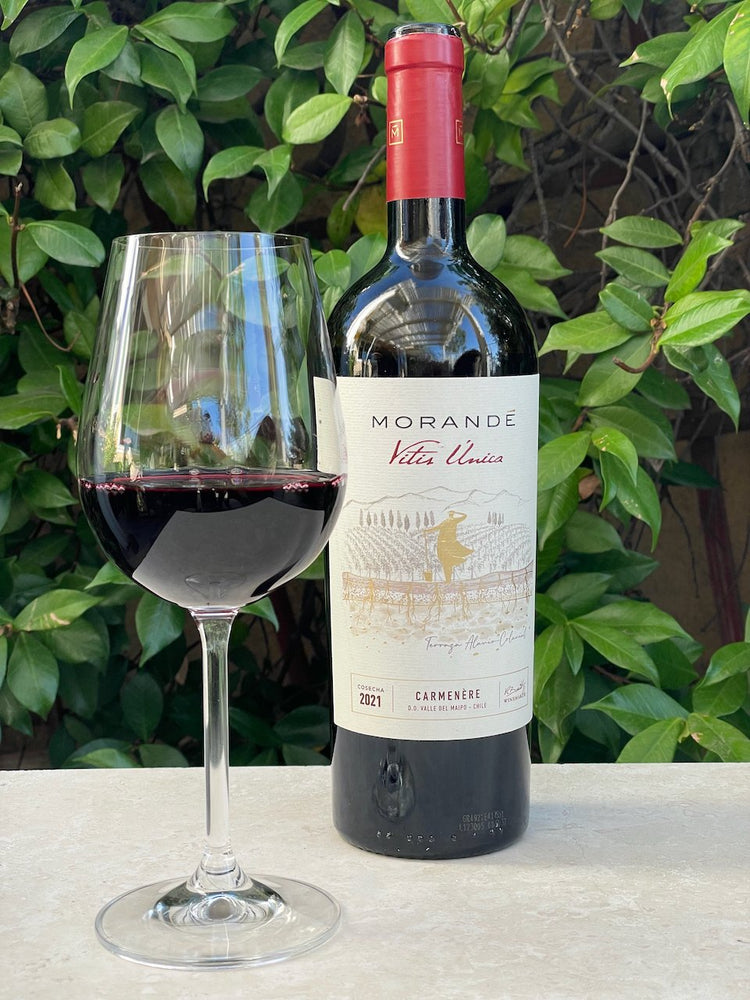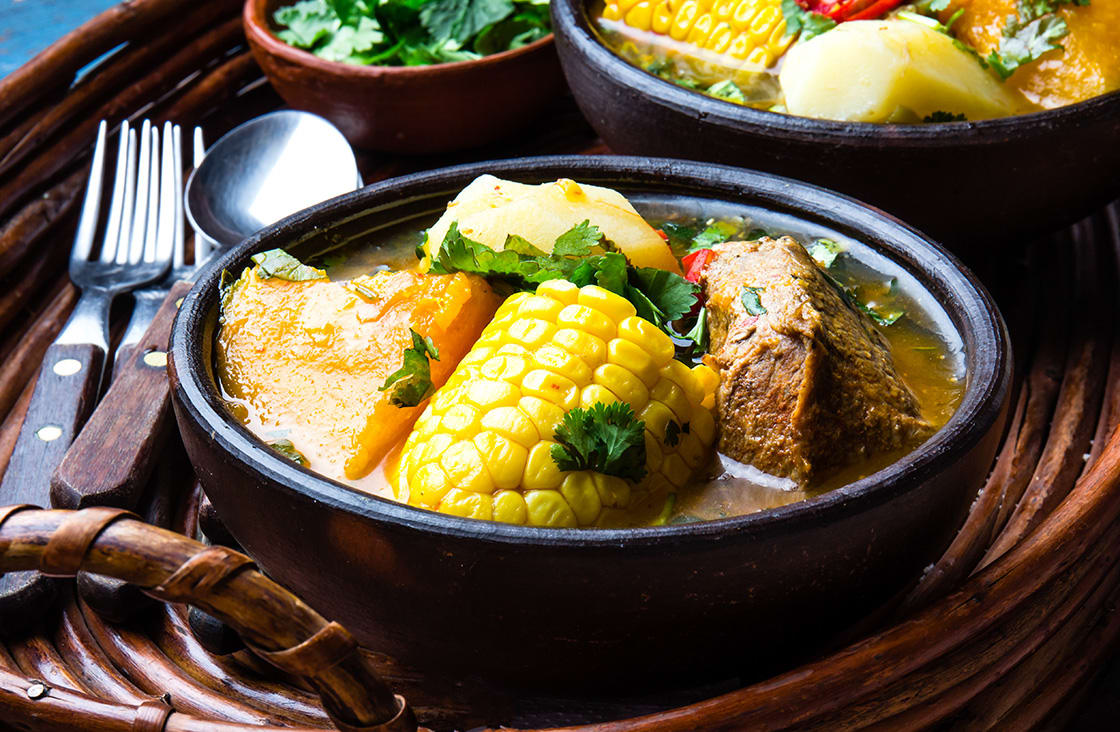
Carménère
Carménère is a red wine grape variety originally from Bordeaux, France, but is now primarily grown in Chile, where it has become the country’s flagship grape.
All about Carménère
Appearance
- Color: Carménère wines typically exhibit a deep ruby to purple color, often with inky hues.
- Opacity: High opacity, indicating a wine with a dense concentration of pigments and flavors.
Aroma
- Primary Aromas: Dominant aromas include blackberries, plums, raspberry sauce, and dark cherries.
- Secondary Aromas: Notes of green bell pepper, black pepper, and spices such as paprika, reflecting the grape’s characteristic methoxypyrazine profile.
- Tertiary Aromas:With aging, Carménère can develop complex aromas such as tobacco, leather, chocolate, and a hint of earthiness or smokiness.
Flavor Profile
- Fruit Flavors: Predominantly dark fruit flavors like blackberry, black cherry, and plum.
- Other Flavors: Notes of green bell pepper, black pepper, chocolate, tobacco, and sometimes a smoky or earthy quality.
- Oak Influence: Carménère is often aged in oak barrels, which can impart flavors of vanilla, chocolate, and subtle spice, adding complexity to the wine’s profile.
Structure
- Body: Medium to full-bodied, offering a lush and velvety texture on the palate.
- Tannins: Medium to high tannins, providing a firm structure that supports aging.
- Acidity: Medium acidity, which helps balance the rich fruit flavors and adds freshness.
- Alcohol: Ranges from 13.5% to 15%
Join the club
Get this varietal often & more delivered to your doorstep when you join our wine club!
Classic Series Membership
Regular price
From $39
Regular price
Sale price
From $39
Unit price
/
per
Vintners Series Membership
Regular price
From $42
Regular price
Sale price
From $42
Unit price
/
per
Limited Series Membership
Regular price
From $52
Regular price
Sale price
From $52
Unit price
/
per
Pairings for Carménère










